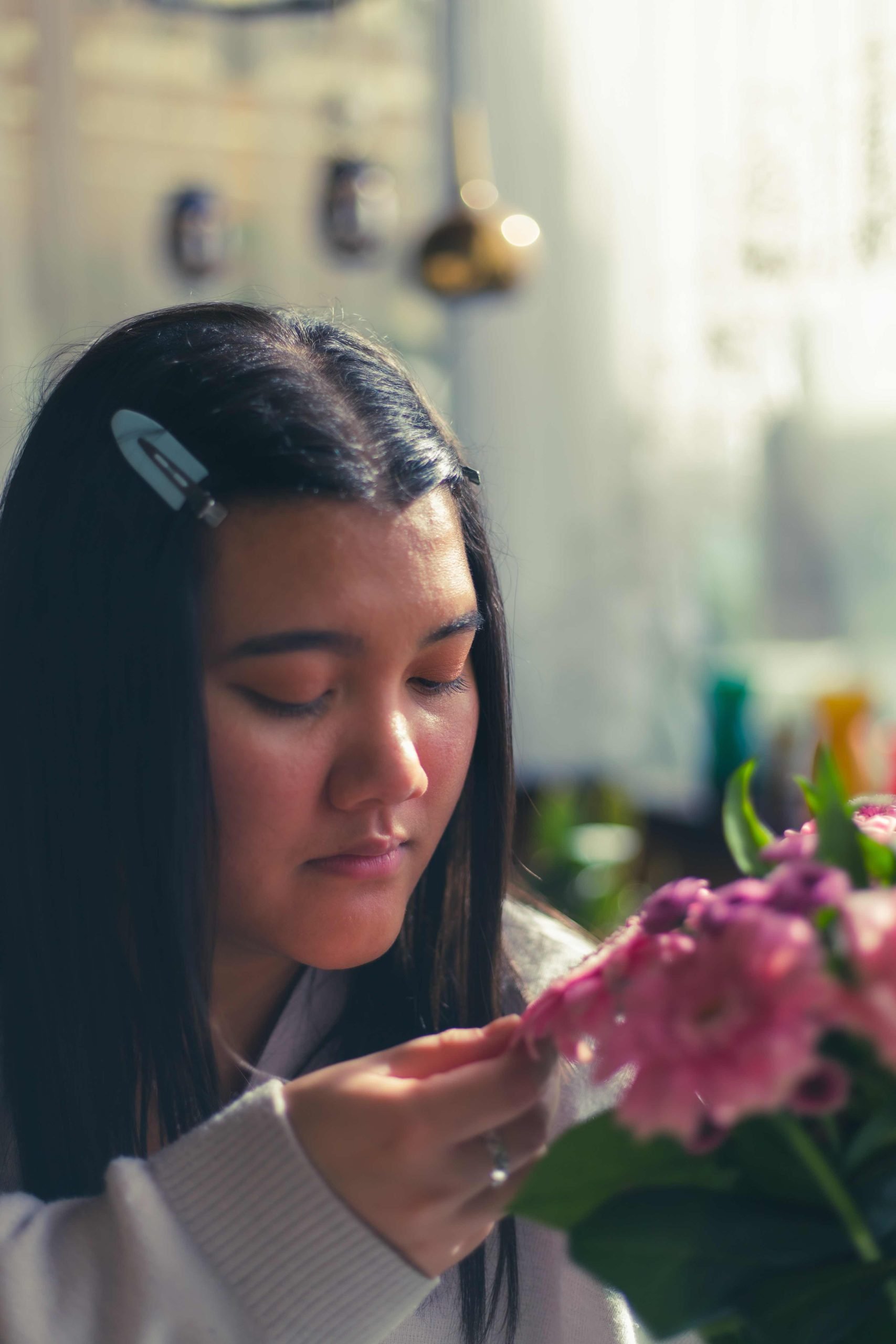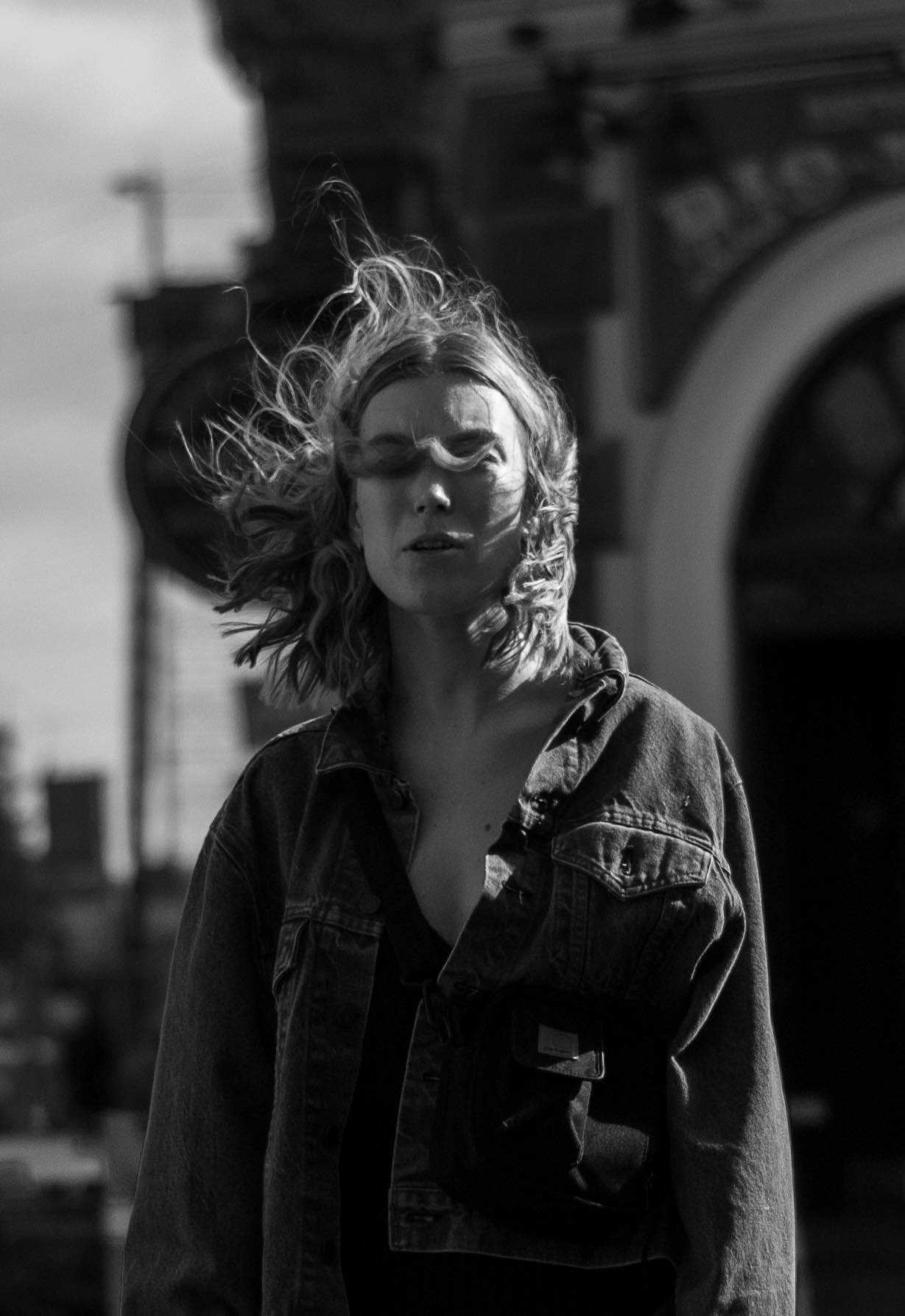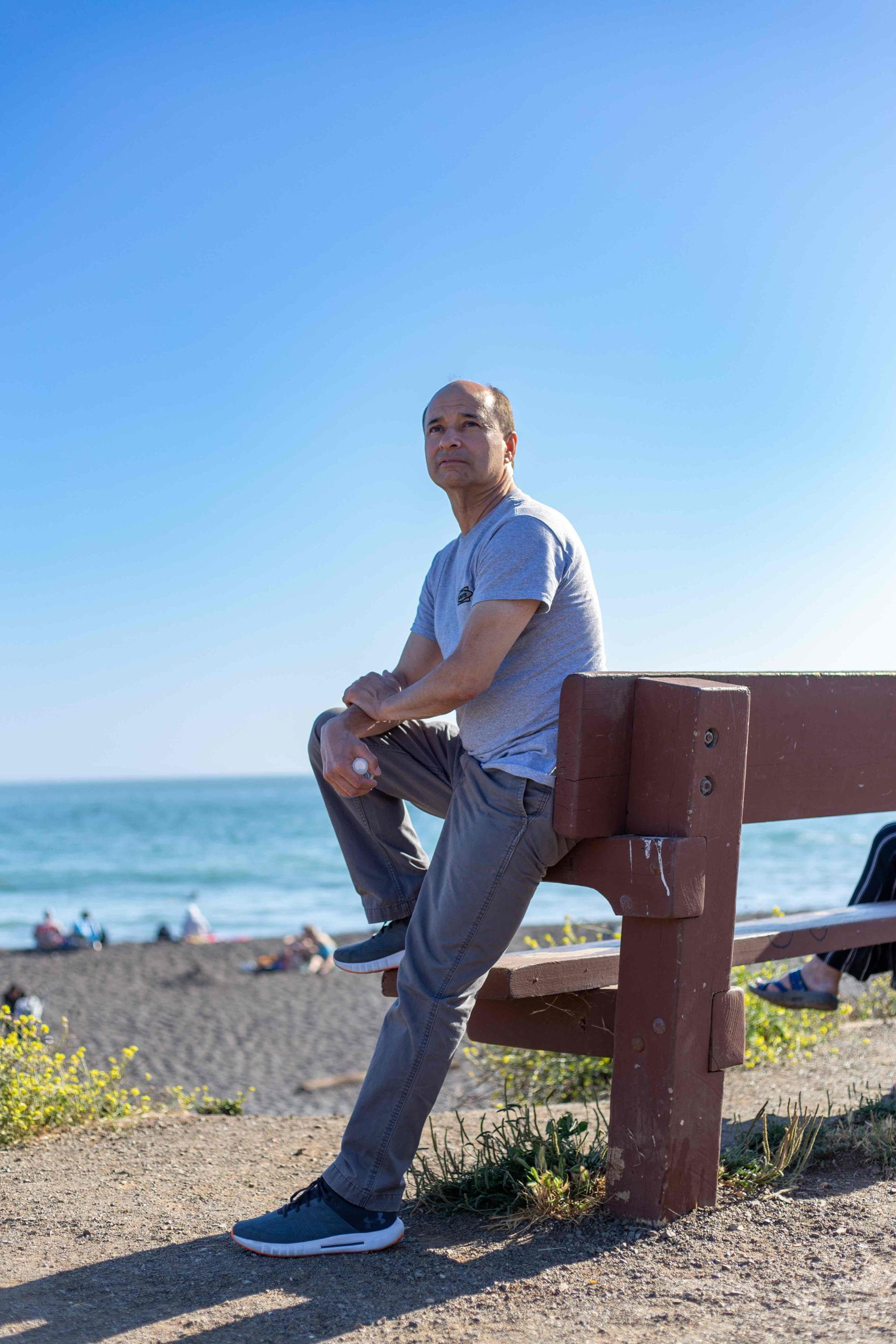Portrait photography is a popular and impactful genre of photography. It focuses on capturing the personality, emotion, and essence of a person or group of people. Whether it’s a professional headshot for LinkedIn, a family portrait to cherish for generations, or an image that helps build a personal brand, portrait photography plays a crucial role in telling stories through images. Its ability to reveal the true character of individuals makes it an essential tool. With the growing importance of visual content in today’s digital world, portrait photography has, and always will be, an invaluable asset across various fields. Below, I will discuss what goes into portrait photography and tips for success.

Portrait photography sets itself apart from other types like landscape or street photography. Key elements that define a great portrait include thoughtful lighting, effective composition, and a carefully chosen background. All of this contributes to the overall impact of the image. There are various styles within portrait photography. Styles include traditional portraits, candid shots, environmental portraits highlighting the subject in their surroundings, and glamour photography emphasizing beauty and elegance. Not all of this is necessary to get an amazing portrait shot. Something to keep in mind with photography is that sometimes, the unplanned images are the ones that come out the best. This is why, in photography, having your camera in hand and ready to shoot is crucial since you never know when the perfect shot might present itself. Although being ready is one thing, what about the photographer’s tools? What tools are needed when it pertains to portrait photography?

With portrait photography, the equipment you use can make a difference. While the camera plays a role, especially in certain types of photography, the real focus in portrait photography should be on the lens. My journey started with a Nikon D3100 and the kit lens that came with it, yet I was still able to take some pictures that captured the moment well. The first picture placed in this blog was captured with that very camera and that very lens. For those starting from scratch, a mirrorless camera is highly recommended. They offer access to lighter, faster, and sharper mirrorless lenses. For the budget-minded, you should have no qualms about buying an older DSLR since they still deliver stunning images. Most people’s favorite pictures taken over the past 30 years are probably taken by a DSLR. That should tell you all you need to know about what DSLRs can deliver.
In portrait photography, two key terms to know are bokeh and blurring. Blurring is the out-of-focus area around the subject you are taking a picture of. Bokeh, on the other hand, is the quality of the blur rendered by the camera lens. Achieving professional-looking portraits often involves having a high level of blur and creating a beautiful bokeh, which draws attention to the subject. This effect is best achieved with lenses that have a wide aperture, such as the 50mm or 85mm prime lenses, available in f/1.8, f/1.4, or f/1.2. While f/1.2 provides the most striking bokeh and the highest amount of blur, the more affordable f/1.8 still delivers excellent results. This makes it a great option for photographers on a budget. Although lenses are important, technique and framing are arguably the most important.

In portrait photography, mastering various techniques can significantly enhance your images, making them more impactful and engaging. One of the foundational composition techniques in portrait photography is the rule of thirds. By positioning your subject off-center, along one of the gridlines, you can create a more dynamic, and visually appealing, portrait. Leading lines and framing are also essential techniques that draw the viewer’s eye toward the subject. This helps to highlight the most important aspects of the portrait.

Eye contact is a powerful tool in portrait photography, as it creates a strong connection between the subject and the viewer. Encouraging your subject to make direct eye contact with the camera can convey a range of emotions and establish an intimate, engaging portrait. To capture natural expressions, it’s important to make your subject feel at ease. Engaging in light conversation, providing clear instructions, and creating a relaxed environment can help you capture those genuine, unguarded moments.

Posing is another key aspect of photography in general. Tailoring your posing techniques to different body types and personalities is essential for creating flattering and authentic portraits. Simple adjustments in posture or angle can make a significant difference in how your subject appears in the final image.

Finally, the use of props and backgrounds can add depth and interest to your portraits. Whether you’re working with a simple backdrop or incorporating props that complement the subject’s personality, these elements can enhance the storytelling aspect of your portrait photography. Keeping this in mind, your images are more memorable and visually compelling.

Throughout this blog, we’ve delved into the essential aspects of portrait photography. Its power to capture the personality, emotion, and essence of individuals is what makes portrait photography one of the most popular forms of photography over the past 100 years.
As you continue your journey in portrait photography, remember that practice is key. The more you experiment with different techniques, angles, and styles, the more developed your unique voice as a photographer will become. Don’t be afraid to push boundaries, try new approaches, and learn from each shot you take. The beauty of photography lies in its versatility and the endless possibilities it offers for creative expression.
The information in this blog is meant to inform you and give you a push into portrait photography. I hope that your willingness to explore, experiment, and refine your skills grows over time! Remember, we all start somewhere. With hard work and determination, you can get to where you want to go.
